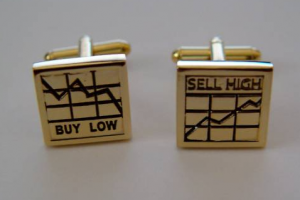KLE 46: The Price Is Right!
It’s easy to make money in the stock market: buy low and sell high.
But, that can’t be as easy as it sounds or everybody would be trading stocks all day, instead of working!
Fortunately, all you need to concentrate on, right now, is achieving returns that keep you a step or two ahead of inflation; that means earning:
Note: You need to be a Premium Member to view this content:
We’re half-way there!
Next time, I’ll provide the final two steps; in the meantime:
Task 1: Find the current P/E of the market. Is it a buy? Do not buy, yet.
Task 2: Find the current Intrinsic Value of the market (preferably, using my spreadsheet but check all the figures yourself, by going to the source documents using the links that I provided, above). Is it a buy? Do not buy, yet.








Hi Adrian,
I think you missed something in the bullet points for Step 2:
“3. Is the long-term earnings growth rate”
Did you mean
3. [b]g[/b] is the long-term earnings growth
?
It’s also not clear from this whether you intend for us to use 3.8 as the value for g (giving 7.6 once multiplied by two as in the equation) or to use 3.8 as the value of 2 * g.
I can see from the spreadsheet that you intend to use 3.8 for g * 2.